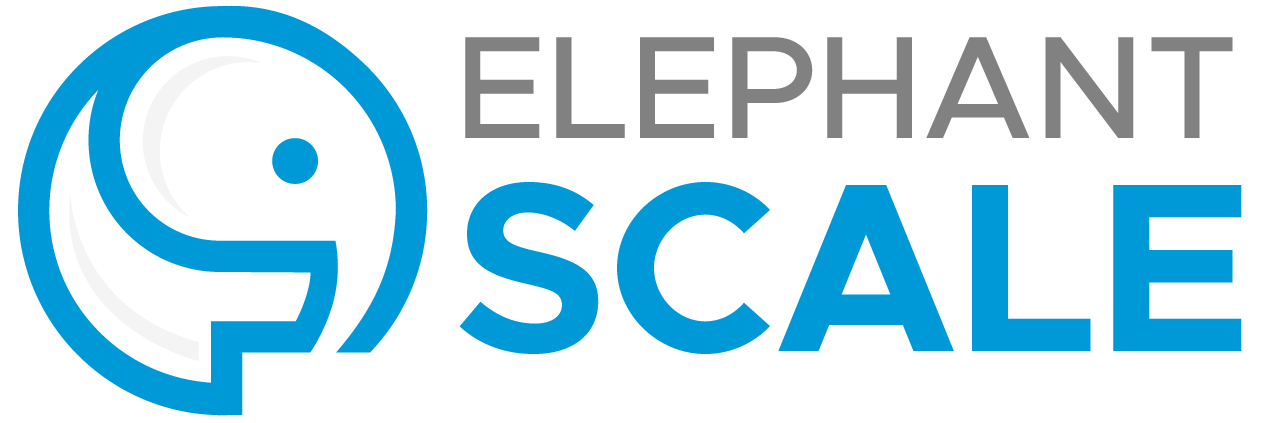In his article, “How the pioneers of MOOC got it all wrong,” Robert Ubell quotes surprising statistics. Today, 58 million people have signed up for an MOOC (which stands for Massive Open Online Courses), but the completion rate is between 7% to 12%. Many people quit watching after a few minutes, and many are just “grazing,” picking a piece of knowledge they were looking for, here and there. The majority of those who do finish the course are self-learners, many with advanced degrees.
On the other hand, recently developed “Active learning,” in use in very many colleges and training schools, boasts a much higher completion rate. Why? – As it was found in over 225 studies, the availability or price of a lecture is not the main factor for the success of the students. Rather, it is their commitment and the quality of the learning process. “Active learning” has been developed in recent years, and it may be viewed as colleges’ answer to MOOC, which takes advantage of the interactive in-class learning. It increases students’ engagement and reduces the probability of failure by the factor of 1.5.
So what is active learning? According to the University of Michigan Center for Research of Learning and Teaching, it is a process where students engage in activities that promote analysis, synthesis, and evaluation of what they learn. Cooperative learning, problem-based learning, and the use of case methods and simulations are some approaches that promote active learning.
As it turned out, the stellar lecturer does not outperform a regular teacher who is using active learning in class. Thus, both learn from each other. MOOC is beginning to understand its limitations, whereas in-class learning is motivated to develop new ideas that distinguish it from the lecture-based learning and which take advantage of the interactivity possible only in the class setting.
We at ElephantScale love and use active learning. The best example I can give is that during our NoSQL data modeling we break the students in groups, assign them names, like “Bold leopard” or “High-flying eagle,” and then each group works on and presents their design.
You can also compare this to exercise: few people exercise with a recording, more go to the gym, to attend a class with a trainer and a peer group, and some even get a trainer to work with them on a person-to-person level. In my class, I have once been praised for forcing my students to learn!
Thus, MOOC and in-class learning both do with the other one cannot. My explanation is that, simply, there is more knowledge needed and available in the world. With many ways of learning, now is the best time for everyone to get involved in this exciting, useful, and profitable activity on an everyday basis.
(Image source: PixelBay)

